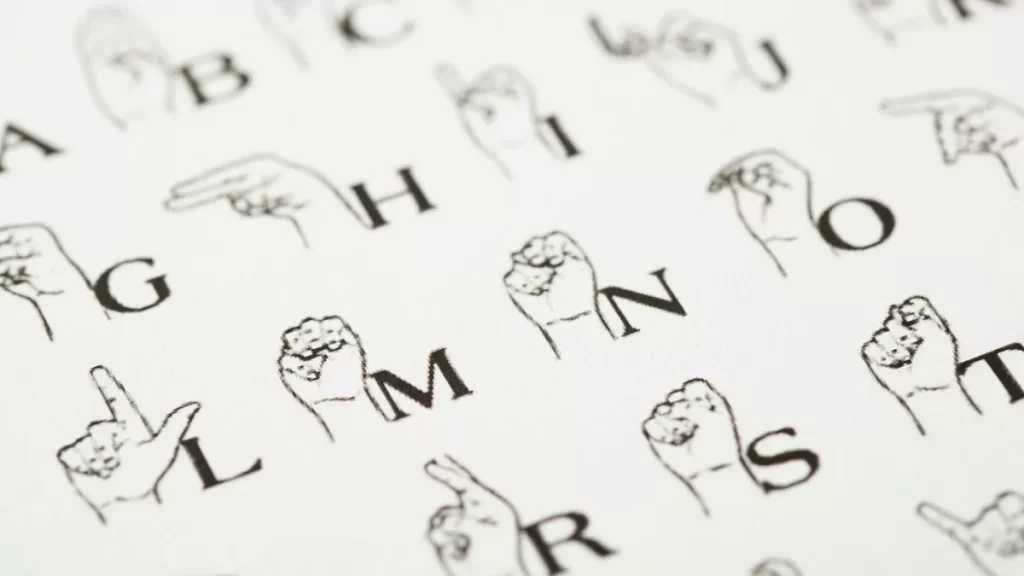New Sign Language School Qualification in the UK

As of 2025, GCSE students will be able to take a British Sign Language (BSL) class, a two-year curriculum that will include at least 750 signs and will be inclusive to students without any prior knowledge of the language. Students should be able to communicate in BSL by the end of the course. Additionally, the history of BSL will also be taught.
Campaigners thriving to grow the use of BSL into the mainstream see this new curriculum as a huge boost to their goal. According to the Department of Education, students being mandated to study BSL should “encourage more schools to teach the subject more widely.”
One notable contributor of the creation of the new course is 17-year-old Daniel Jillings, who has been working to get the qualification added since he was 12.
Deaf and born without a cochlear, Jillings wasn’t able to be fitted with a cochlear implant. Hence, he campaigned for the UK government to add a BSL GCSE alongside the large list of foreign language GCSEs, questioning whether the language’s exclusion front the nation’s GCSE curriculum amounted to unlawful discrimination.
According to the British Deaf Association, there are around 87,000 people that are deaf in the UK and 151,000 using BSL. While sign languages from different countries are not mutually intelligible, they can share unique similarities. For example, the French Sign Languages have more in common with American Sign Languages, than BSL has with its American counterpart.
